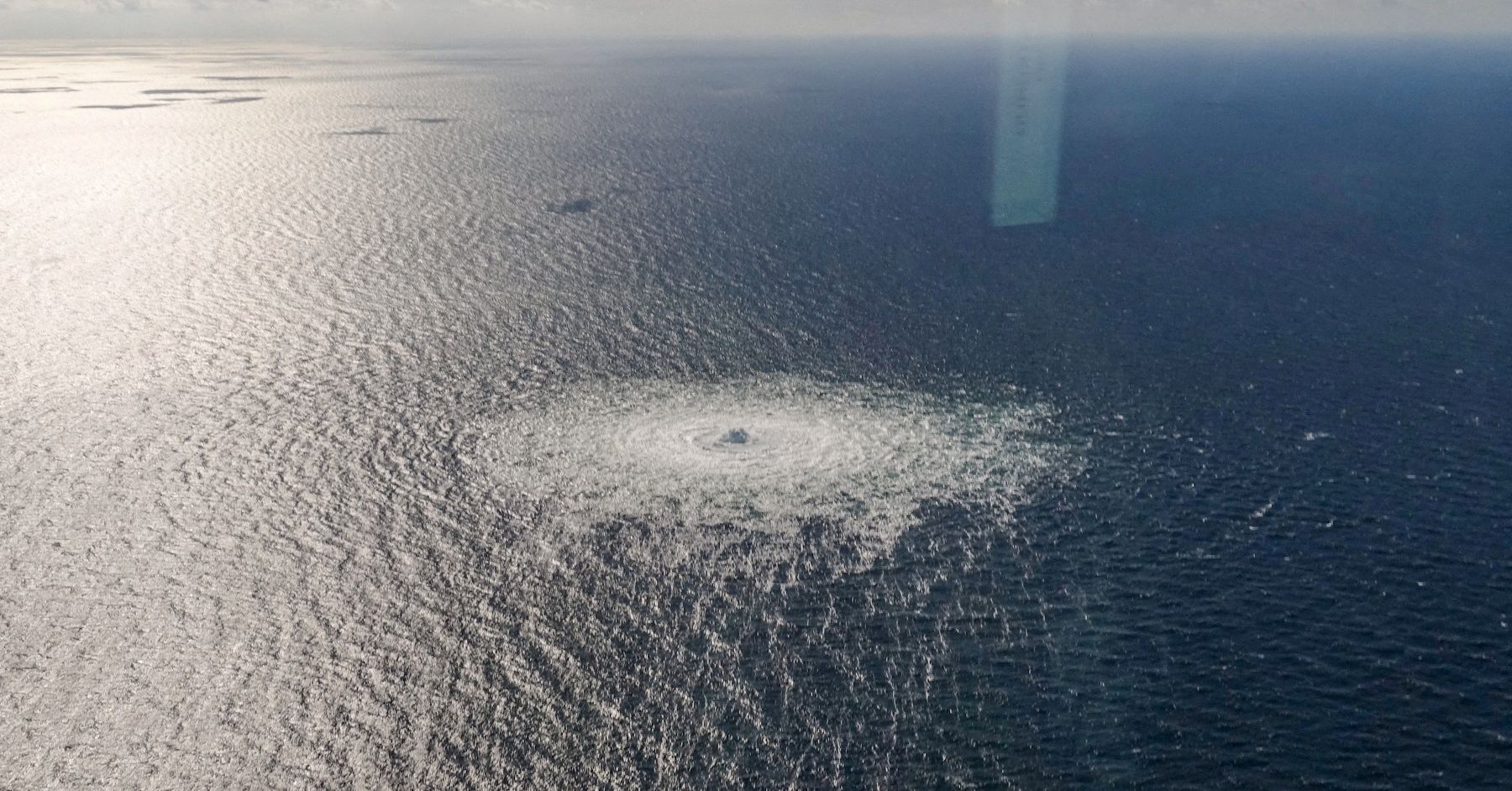
The initial gas leaks on the Nord Stream 2 pipeline in the Baltic Sea were discovered on September 26 that poured around 400,000 tons of methane into the atmosphere. Officials suspected sabotage of the international pipeline and new details now show that two big ships with their trackers off were spotted around the leak sites in the days instantly before being detected.
An analysis by satellite data monitoring firm Space Know, the two dark ships measured around 95 to 130 meters long passed within various miles of the Nord Stream 2 leak sites.
The discovery might increase speculation related to the cause behind the blasts and according to various countries, Nord Stream 1 and 2 pipelines were affected by a few explosions with suspicions directed at Russia. SpaceKnow identified the ships and reported the same to NATO, who are investigating the Nord Stream incidents.
NATO spokesperson Oana Lungescu said that they won’t comment on the details of the support of the sources used but according to NATO, the incident was a deliberate and irresponsible act of sabotage, increasing its presence in the Baltic and North Seas. A NATO official confirmed that they received SpaceKnow’s data, stating that satellite imagery can prove useful for its investigations.
To detect the ships, the company scoured 90 days of archived satellite images for the area. The company analyzes pictures from various satellite systems and uses machine learning to detect objects within them. After gathering archived images, SpaceKnow created a series of polygons around the gas leak sites. The smallest of them covered the immediate blast area and larger areas of interest covered many kilometers.
SpaceKnow detected 25 ships passing through the area and 23 of the vessels had their automatic identification system (AIS) transponders turned on. The AIS data was not turned on in two of them and these ships passed the place during the time when the leaks were being detected.
